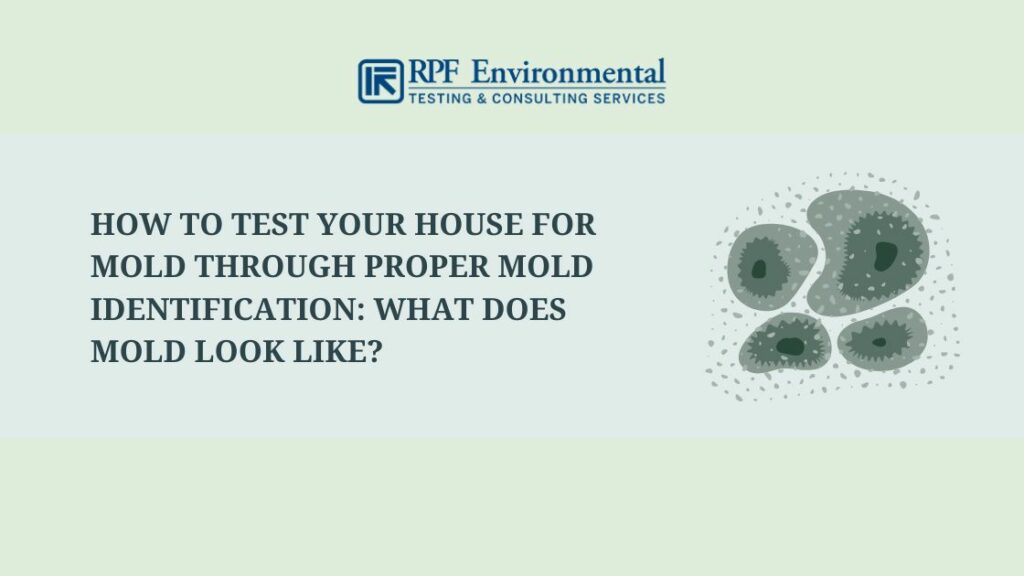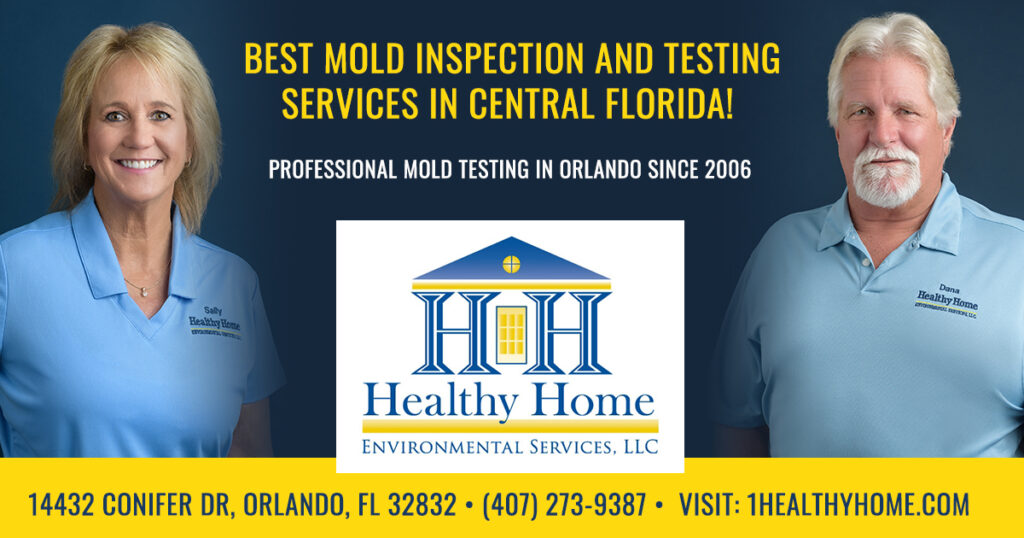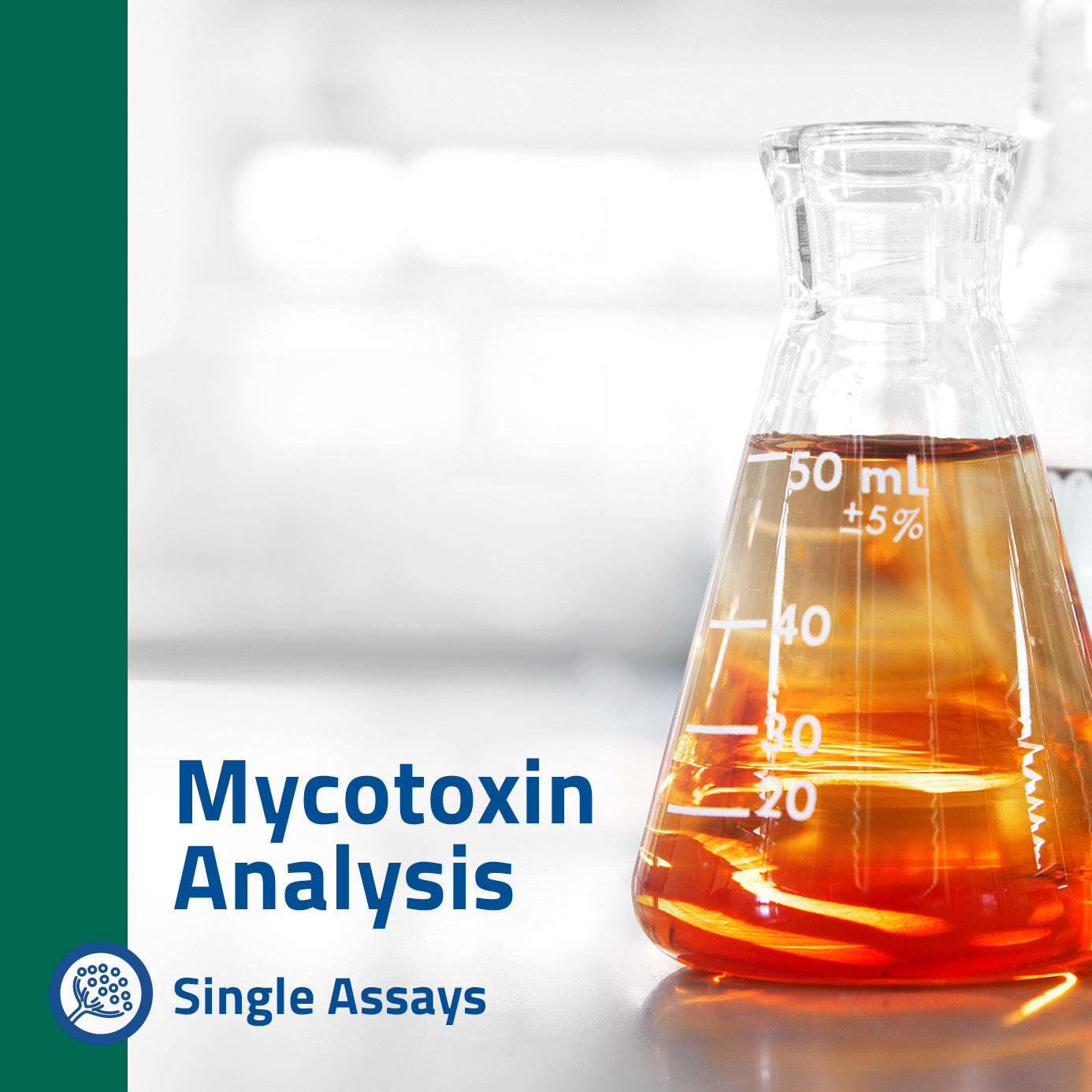The Role of Mycotoxin testing Services in Food and Feed Safety
Ensuring Conformity With Laws: the Duty of Mycotoxin Checking in Quality Assurance
Ensuring conformity with stringent regulations is vital for keeping food security, and the role of mycotoxin screening in high quality control can not be overemphasized. Mycotoxins, harmful compounds created by certain mold and mildews, position considerable health and wellness risks, making their discovery essential in food manufacturing. Adherence to governing standards, such as those established by the FDA and EU, needs robust screening techniques and innovations to recognize and evaluate these contaminants. By carrying out thorough screening methods, firms can avoid potential health and wellness crises, avoid expensive recalls, and maintain consumer trust fund. The complexities of these testing processes elevate important inquiries regarding their performance and efficiency.
Comprehending Mycotoxins
Comprehending mycotoxins is basic to ensuring the high quality and safety and security of farming items. Mycotoxins are hazardous secondary metabolites created by certain species of fungis, commonly located in foodstuffs such as nuts, grains, and seasonings. These substances can arise at various stages of the food manufacturing process, from pre-harvest to storage space, and present substantial health and wellness threats to both humans and pets (Mycotoxin testing Services). One of the most notorious mycotoxins include aflatoxins, trichothecenes, ochratoxins, and fumonisins, each related to certain environmental conditions and fungal species.
The visibility of mycotoxins in foodstuff can result in persistent and acute health problems, including liver damages, immune suppression, and cancer causing effects. Their discovery and quantification are critical components of top quality control in agricultural and food sectors. The complexity of mycotoxin contamination demands a complex technique, employing sophisticated logical strategies such as fluid chromatography, mass spectrometry, and enzyme-linked immunosorbent assays (ELISA) By comprehending the resources, types, and effects of mycotoxins, stakeholders in the agricultural market can much better execute preventative measures and reduce threats, making sure much safer usage for end-users. This understanding develops the bedrock whereupon reliable mycotoxin management methods are built.
Regulative Requirements for Mycotoxins
Having actually developed a fundamental understanding of mycotoxins and their effect on food safety and security, it is necessary to assess the governing requirements regulating their existence in agricultural items. Regulative requirements for mycotoxins are important because they define permissible restrictions, making sure food security and securing public wellness. Numerous worldwide and national companies have actually established these limitations based on comprehensive danger evaluations.
The Codex Alimentarius Commission, an international body established by the FAO and WHO, supplies guidelines and optimum permitted levels for different mycotoxins in food and feed. For example, the Codex has established restrictions for aflatoxins in peanuts, maize, and dried out figs, to name a few commodities. These standards are usually adopted or adjusted by private nations to fit their details requirements.
In the European Union, Policy (EC) No 1881/2006 specifies maximum degrees for numerous mycotoxins, such as aflatoxins, ochratoxin A, and deoxynivalenol, in different foodstuff. Similarly, the United State Fda (FDA) has actually established action degrees for mycotoxins like aflatoxins in products such as grains and nuts.
Adherence to these regulative standards is important for maintaining market accessibility, consumer trust fund, and public wellness. Non-compliance can result in substantial economic losses and wellness threats, highlighting the significance of rigorous mycotoxin testing protocols.
Examining Techniques and Technologies

ELISA is commonly appreciated for its rapid and cost-effective screening capacities, making it excellent for high-throughput settings. It counts on antibodies to detect details mycotoxins, offering outcomes in a fairly short time structure. Its sensitivity may be restricted contrasted to much more advanced techniques.
HPLC, on the various other hand, masters giving quantitative evaluation with high accuracy and accuracy. It divides complex combinations look at this now into private parts, making it extremely reliable for recognizing and evaluating multiple mycotoxins all at once - Mycotoxin testing Services. This technique, while a lot more lengthy and resource-intensive than ELISA, uses a greater degree of integrity

LC-MS represents the peak of logical uniqueness and sensitivity. Combining the splitting up power of fluid chromatography with the discovery abilities of mass spectrometry, LC-MS can find also trace levels of mycotoxins. This method is important for verifying the existence of mycotoxins in forensic and regulative contexts, guaranteeing conformity with stringent safety and security requirements.
Carrying Out Checking Protocols

Including these advanced testing approaches right into a comprehensive quality assurance framework demands a well-structured method to applying screening procedures. To attain this, companies should initially carry out a comprehensive risk assessment to recognize possible mycotoxin contamination factors within the supply chain. This assessment informs the growth of a tailored testing method that addresses details vulnerabilities.
Next, establishing standard tasting procedures is crucial. Consistent sampling ensures that examination outcomes are reliable and representative of the whole set (Mycotoxin testing Services). Abiding by guidelines from governing bodies, such as the FDA or EFSA, helps keep conformity and enhances the reliability of the testing process
Training workers is one more critical component. Team needs to be proficient in both example collection and the procedure of testing sites equipment. Normal training sessions and accreditation programs can guarantee that group participants remain upgraded with the most recent methods and regulatory adjustments.
Benefits of Mycotoxin Checking
Mycotoxin screening uses various benefits that dramatically boost the security and quality of food and feed items. Mainly, it works as a critical control action to avoid contaminated products from getting to the consumer market, thus securing public health. By identifying and evaluating mycotoxins such as fumonisins, aflatoxins, and ochratoxins, producers can ensure that their products satisfy strict governing standards, hence avoiding prospective lawful consequences and linked expenses.
In addition, mycotoxin screening adds to the economic practicality of food and feed sectors by decreasing the danger of large product recalls. The capacity to separate and spot infected sets early in the manufacturing process decreases waste and protects against the financial losses related to damaged brand online reputation. Additionally, it promotes customer count on and commitment, as consumers are increasingly conscious of food security concerns and need higher high quality criteria.
The implementation of regular mycotoxin testing also promotes ideal methods within agricultural and manufacturing markets. By adhering to strenuous screening methods, firms can optimize their quality assurance processes, improve functional performance, and guarantee the consistent manufacturing of secure, premium products. Finally, the advantages of mycotoxin screening are diverse, adding to public health and wellness, economic stability, and sector honesty.
Verdict
Mycotoxin screening is critical in making certain compliance with regulatory requirements, consequently maintaining food safety and quality assurance. By systematically identifying harmful mycotoxins, this technique assists minimize health and wellness threats, stop legal effects, and avoid economic losses related to item recalls. Applying robust screening protocols cultivates consumer trust fund and confidence in food safety and security practices, ultimately sustaining the integrity and online reputation of food services. Therefore, mycotoxin screening continues to be an indispensable part of modern food security monitoring systems.
Ensuring compliance with strict guidelines is critical for preserving food safety and security, and the role of mycotoxin screening in high quality control can not be overemphasized.In the world of mycotoxin screening, progressed innovations and methods are pivotal in making sure food security and governing compliance.Mycotoxin testing provides many advantages that dramatically boost the security and quality of food and feed items.Mycotoxin testing is essential in guaranteeing compliance with regulatory standards, thereby preserving food safety and security and top quality control. Hence, mycotoxin screening stays an essential element of contemporary food safety management systems.